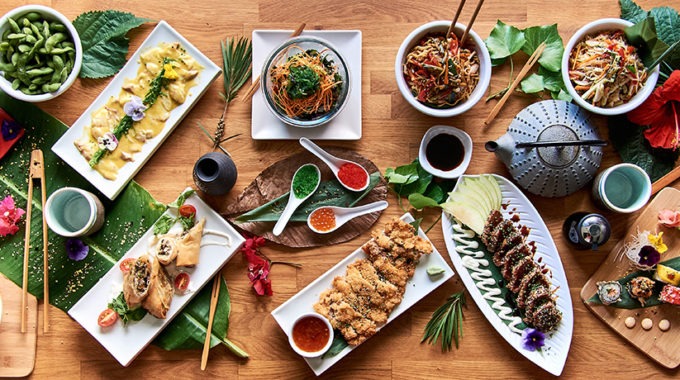Eat like the Japanese and live forever
Japan has the highest life expectancy in the world. The Japanese prefecture of Okinawa is one of five “Blue Zones” – specific regions of the world where people live much longer than average lives and have very low rates of disease. One of the key factors in Japanese longevity is their diet. The Japanese traditionally eat smaller meals and more fish, plant-based foods and nutrient-rich “superfoods”. As the Tokyo Olympics hits its stride, Eativity decided to have a natter with nutritionist Rick Hay about how the average Aussie can eat like the Japanese… and maybe live long enough to get that birthday card from the Queen.
“The traditional Japanese diet tends to be one that’s relatively low in fat, but high in nutrients,” Hay says. “They have a lot of smaller dishes; they eat foods that are high in protein and fibre, which fills you up; and there’s more variety in what they’re eating.
“These smaller, varied dishes they have, the benefit here is that you’re getting an array of nutrients that you don’t get if you’re just eating meat and two veg.”
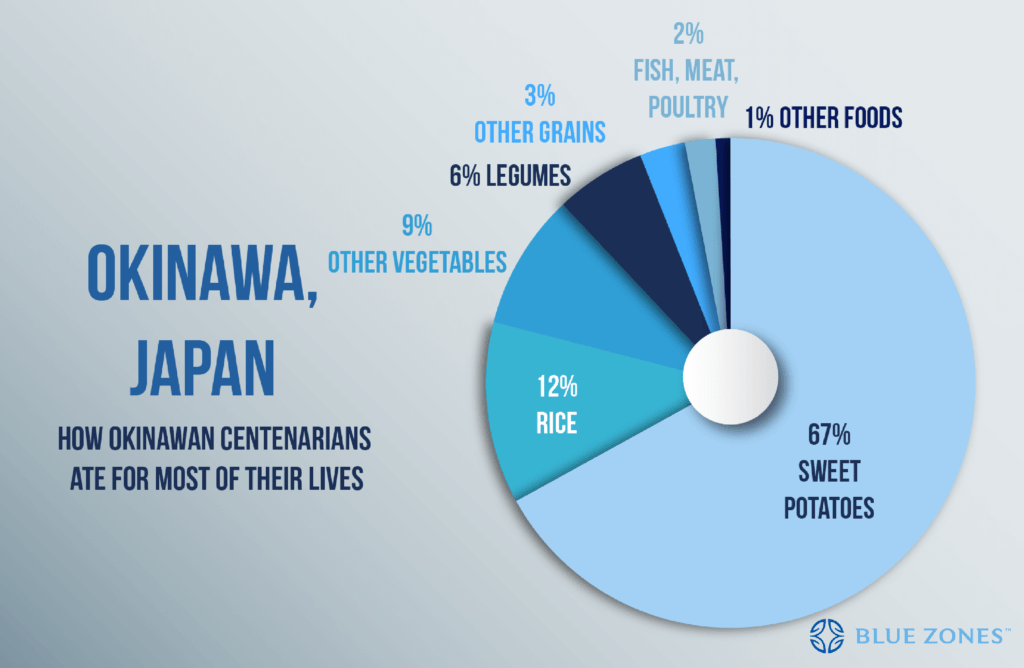
The Okinowans also have a saying – “hara hachi bu” – which basically means, “eat until you’re 80 percent full”. Considering the fact that these guys have some of the lowest rates of Western scourges like heart disease, cancer and stroke in the world, and have an average life expectancy of 90 for women and 84 for men, it might be well worth heeding this advice.
Below, we take a look at some of the most nutritious foods and drinks found in the traditional Japanese diet, and explore the multitude of health benefits they can offer.

Miso
If you want to eat like the Japanese, you need to start with miso. This is one of the key ingredients of Japanese cuisine. The fermented soybean paste is the base of Japanese staple, miso soup, but is also used to add umami to plant-based dishes and enhance the flavour of stir fries, salads, noodles and marinades. Hay is a big fan of all soups, but says that miso soup offers many more benefits than your average broth.
“Because of the fermented soybean base, you’re getting a fermented food that gives your gut beneficial bacteria, so it’s great for the microbiome. It’s also high in protein, and it boosts the immune system. Also, if you have a bowl of miso soup before your main meal, you’ll likely eat less of that main meal, making it a very good weight management trick.”
As well as being good for your gut, miso is a good source of vitamins B1, B2, B6, B12, E, K, niacin and folic acid, as well as calcium, potassium, magnesium, iron, zinc, iodine, selenium and fibre. It’s important to note that there are many different types of miso (more than 1000), although the three main types you’ll find are white, red and yellow. So if you try miso once and don’t like it, don’t give up on it – try a different type.
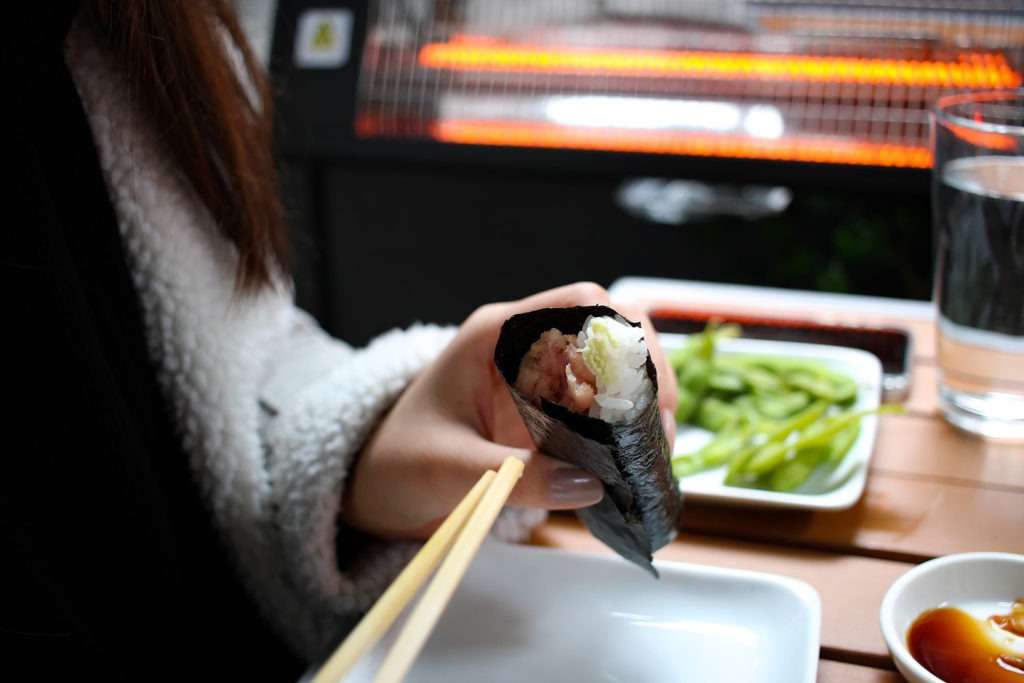
Seaweed
Seaweeds are also an integral part of the Japanese diet, with some of the best-known varieties being nori, kombu and wakame. These edible algae are true nutritional powerhouses, packed with vitamins, minerals, fibre and healthy fats.
“If you look at the colour of the seaweed, it’s usually deeply-coloured,” Hay says. “This means you’re eating something that’s antioxidant-rich. You’re also getting some vitamin A and B vitamins, and it’s got reasonable amounts of iron as well.
“And of course, seaweed contains omega-3 fatty acids; some of them have omega-6 as well. It also contains choline, which is good for brain health.”
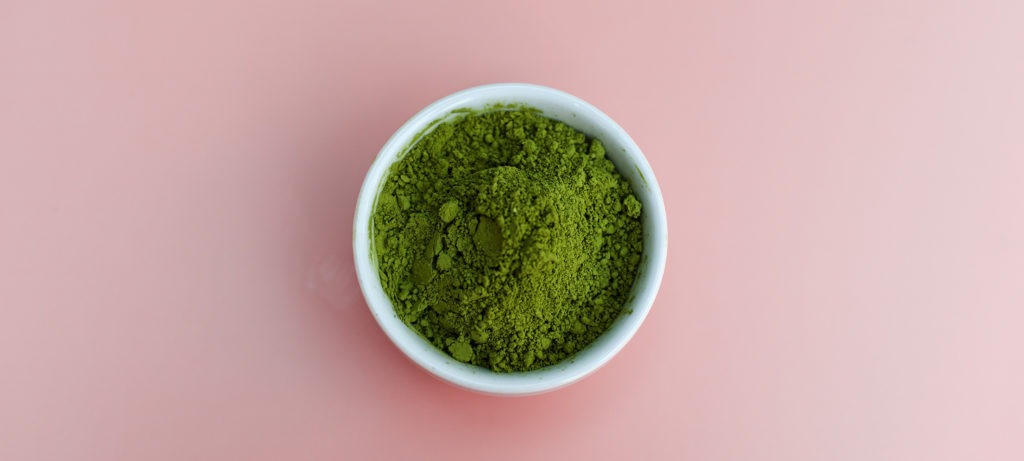
Green tea
Another Japanese staple that’s often served with or at the end of a meal (but also consumed at pretty much any time of the day), green tea is the most consumed beverage in Japan. When it comes to health benefits, Hay says green tea is “bloody fabulous”.
“The antioxidants in green tea are some of the most studied compounds in terms of weight loss, heart health, brain function and longevity,” he says. “Also, when you drink green tea, you’ll note it’s got that bitter quality. That bitterness means it’s going to act as a kind of liver tonic. So green tea is like the detox you can have without having the hassle of the detox.”
Green tea can also help to reduce food cravings and improve skin heath. But if you really want to get the biggest bang for your green tea buck, you should go matcha.
“Matcha is like a turbocharged version of green tea,” Hay says. “I think we should all be drinking it. But Western palates tend not to like matcha because of the bitter taste. I think the message here is, not everything you consume has to be as delicious as ice cream. If you look at matcha as a tonic, you can suck it up and have something bitter for 10 seconds.”
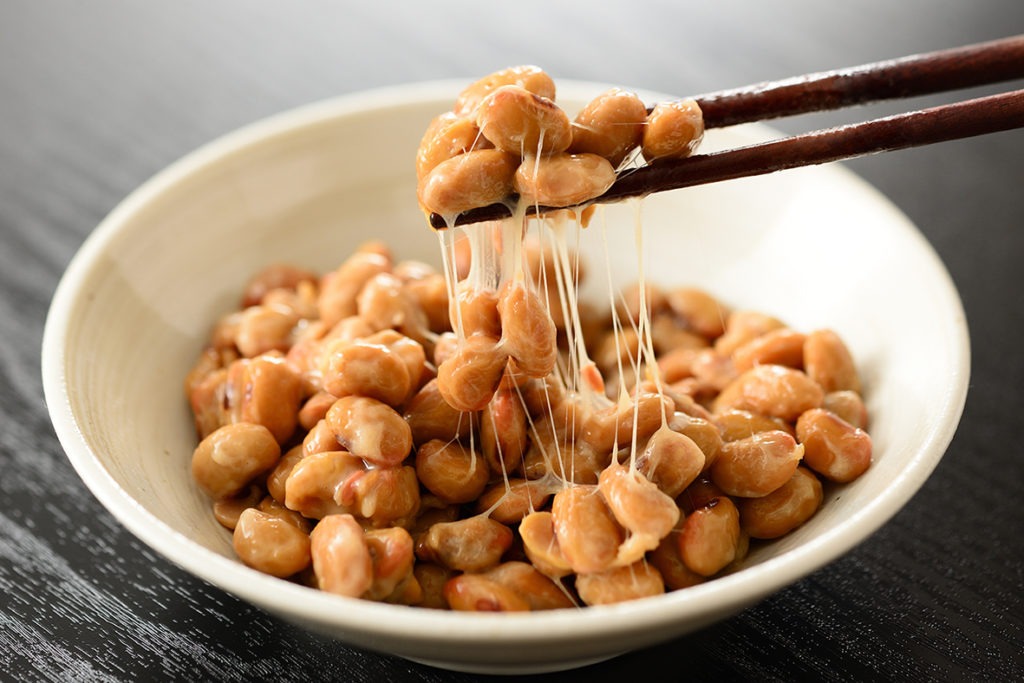
Natto
While it’s an acquired taste, natto is incredibly good for you. This soybean dish is fermented with bacteria, which makes it magic for the microbiome. It’s also high in fibre, protein, iron and vitamin C (which can enhance iron absorption), as well as minerals like manganese, copper, potassium, selenium, zinc and calcium. Soybeans have also been found to lower cholesterol levels, while natto contains nattokinase – an enzyme which can thin the blood and improve blood flow – so this is a truly super food for heart health.
“Natto also contains reasonable amounts of vitamin K, which is needed for blood clotting and bone health.” Hay says. “In particular, it contains vitamin K2, which plays an essential role in bone metabolism. That K2, along with vitamin D, brings calcium into the bone. So as you’re getting older, you should be eating something like natto, to help the calcium get into your bones. Without the K2, that doesn’t happen as well. I’m always telling my clients, if you’re going to take calcium supplements, you need to take K2 together with it.”

Mushrooms
There are many mushroom varieties that feature in Japanese cuisine, but probably the best known are shiitake and enoki. Others include reishi, maitake, shimeji and eringi – or king oyster. Whichever ’shroom you choose, Hay says they all have a good nutritional profile
“Most mushrooms are going to have a reasonable amount of fibre, and they’re going to have protein and healthy carbs,” he explains. “They’re also going to give you an okay amount of vitamin D, depending on the variety of mushroom that you choose.
“But I think more so with mushrooms, they’re so good for the immune system – I would put them down as one of my top food immune-boosters. Reishi, for example, the studies around it for immunity and potentially even for more serious conditions are pretty promising. And we’re doing more and more research. There are also studies being done with different reishi varieties around anxiety, fatigue, heart health, blood sugar – you name it. So, like natto, this is a real medicinal food – a functional food.”


